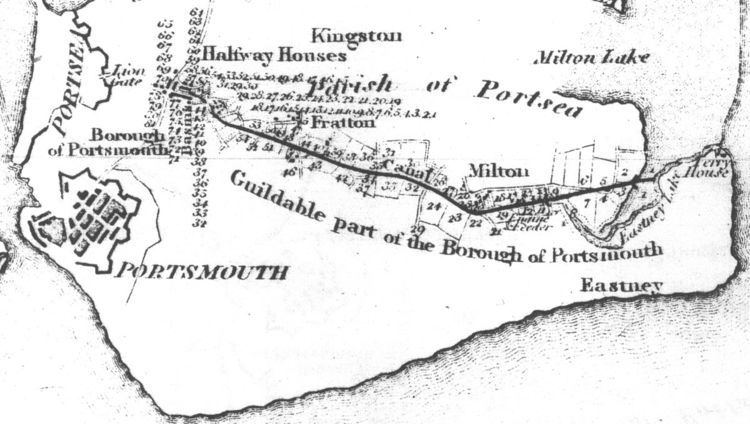Name Francis Giles | ||
 | ||
Francis Giles (1787–1847) was a canal engineer and surveyor who worked under John Rennie and later became a railway engineer.
Contents
- Works and appointments
- Pupil and assistant to Sir John Rennie
- The Chat Moss debacle
- Engineer to the London and Southampton Railway
- References
Works and appointments
Pupil and assistant to Sir John Rennie
Rennie employed Giles, his former pupil, to carry out the detail work for the survey of the London to Portsmouth Ship Canal.
The Chat Moss debacle
Rennie organised the opposition to George Stephenson's route for the Liverpool and Manchester Railway. He made sure Giles was called as a witness. Giles famously stated:
No engineer in his senses would go through Chat Moss if he wanted to make a railway from Liverpool to Manchester. In my judgement a railroad certainly cannot be safely made over Chat Moss without going to the bottom of the Moss.
Engineer to the London and Southampton Railway
Giles was appointed engineer of the London & Southampton Railway in 1831. As a result of overestimate of the costs and difficulty of crossing Chat Moss he was regarded as a cautious and safe man. However he greatly underestimated the cost of building the London and Southampton and soon got into difficulties. Stephenson was highly critical stating that "the whole wealth of the company would be forever buried." in the St George's Hill cutting at Weybridge. There were extensive delays and costs escalated out of hand. Shares slumped.
Giles came in for considerable criticism. At the time he was also surveying the Portsmouth Junction Railway and had become engineer to Southampton Docks. His original estimate of 1834 of £894,874 was amended to £1,507,753 in 1836. Lancashire shareholders, demanded the figures be confirmed by another engineer, but even then should Giles remain in office, they recommend that no further capital should be forthcoming. Giles made an unauthorised approach to influential landowners and shareholders for further money and proposed deferring the bill to borrow further money, suggesting that the central unfinished portion of the line should be left incomplete until revenue from the completed London to Basingstoke and Winchester to Southampton sections were forthcoming. Giles was dismissed and Joseph Locke appointed in his place.
